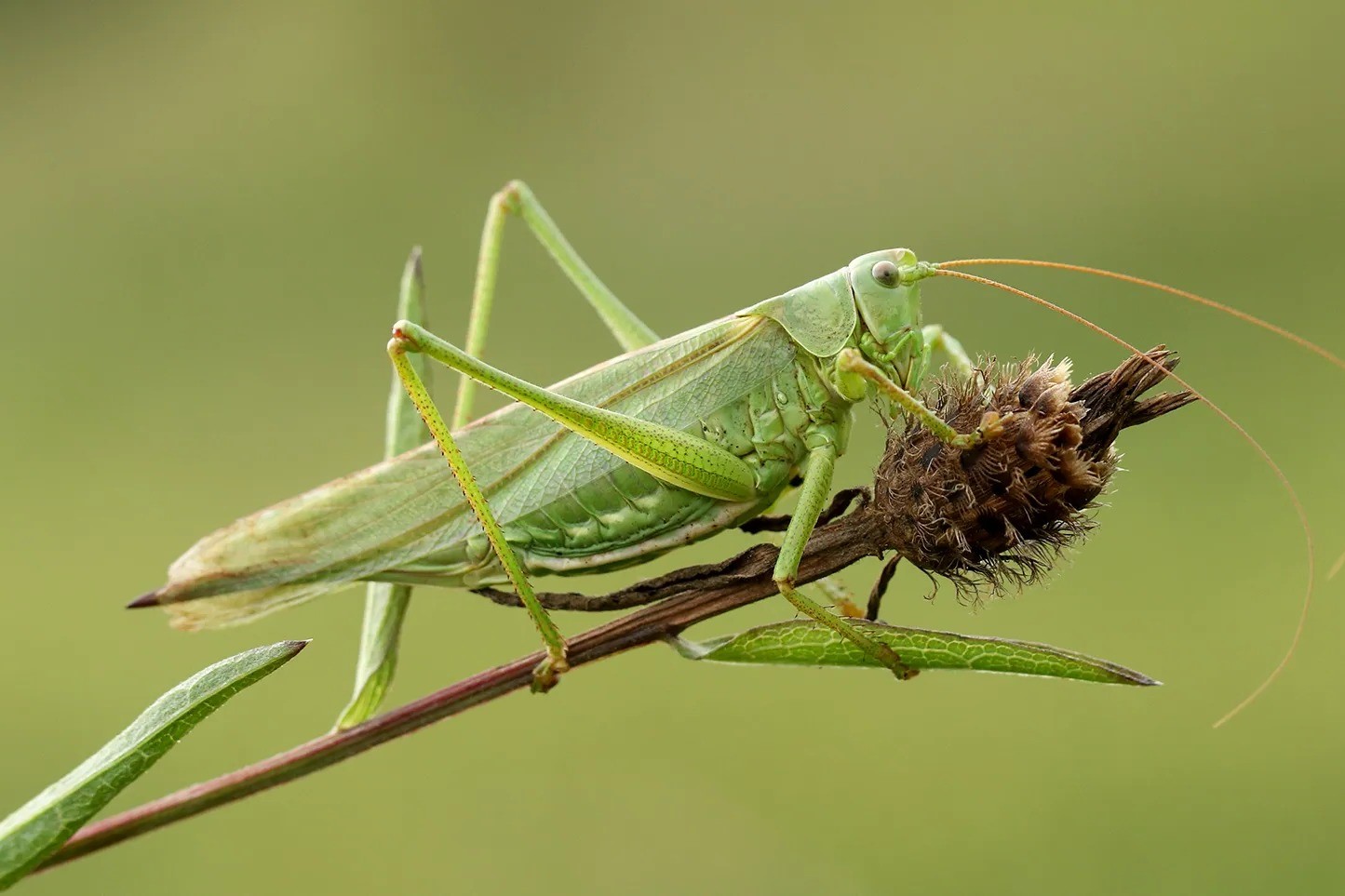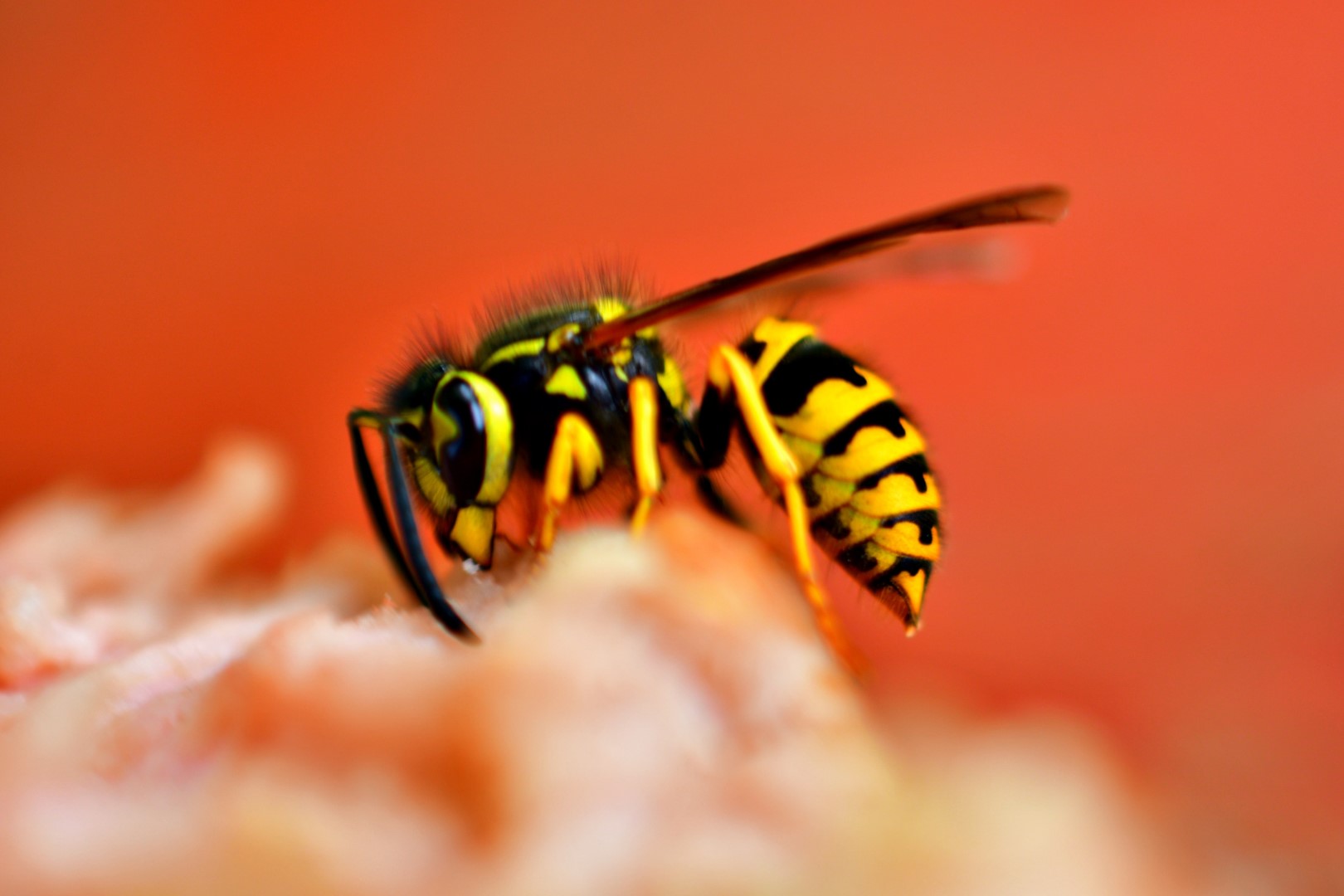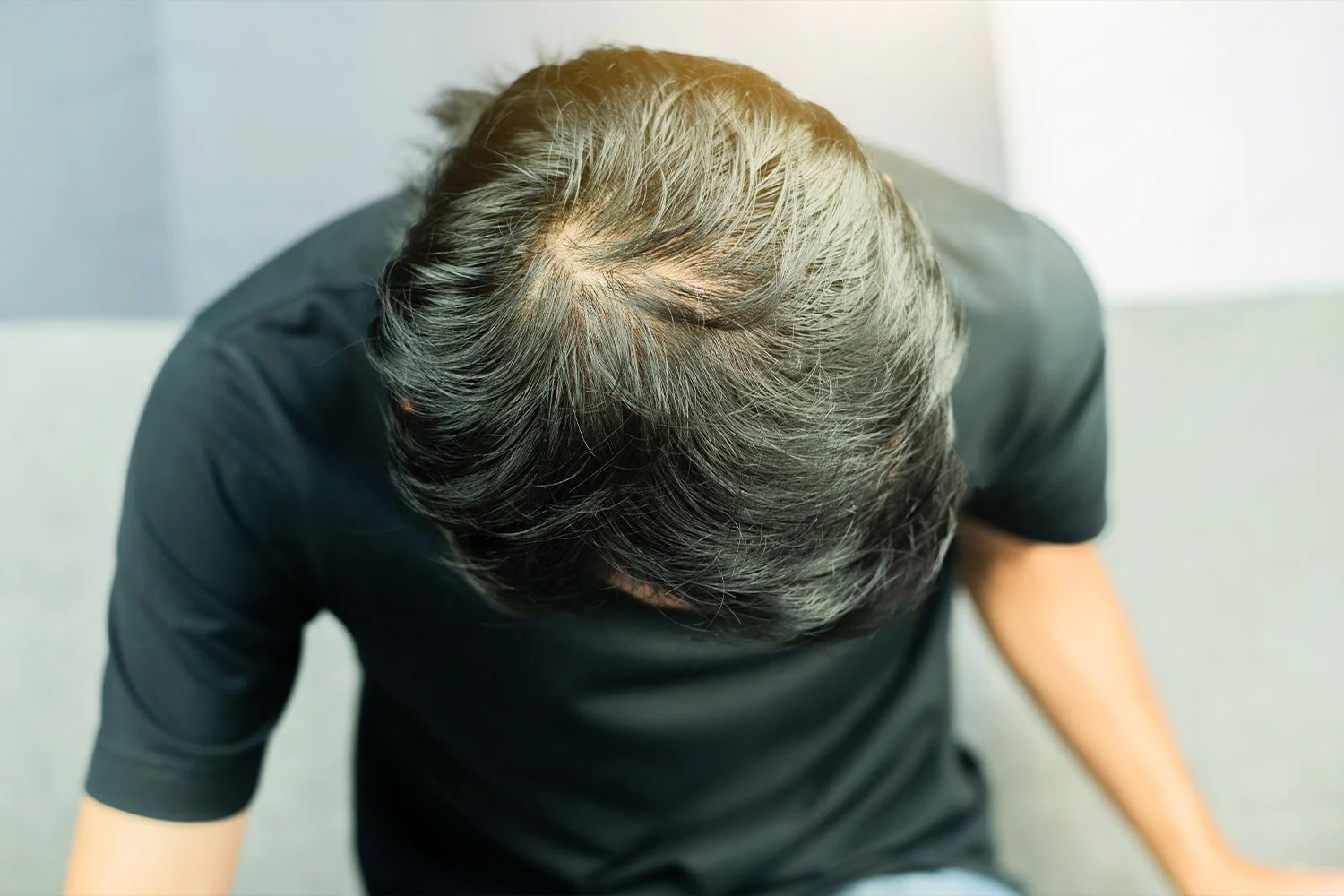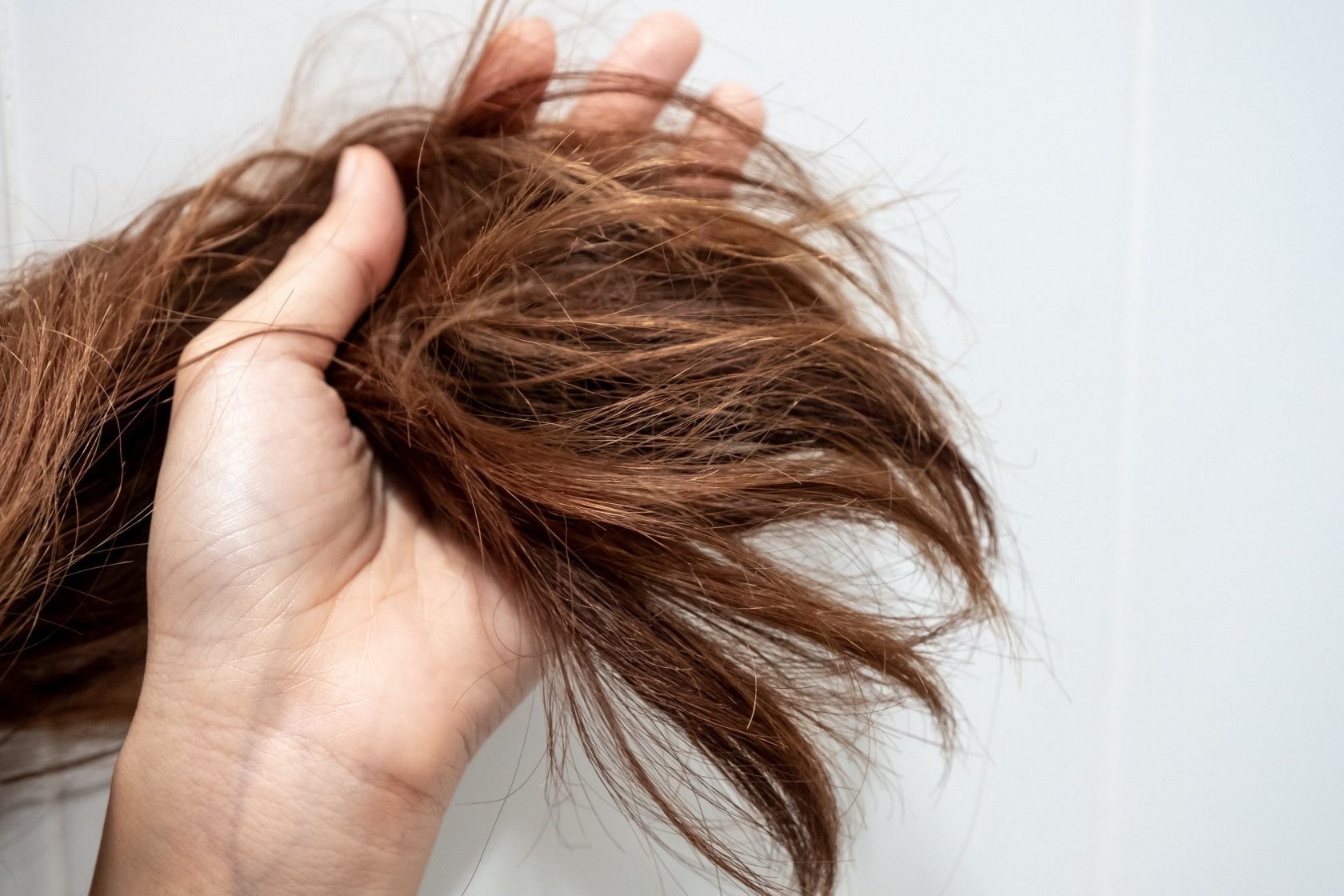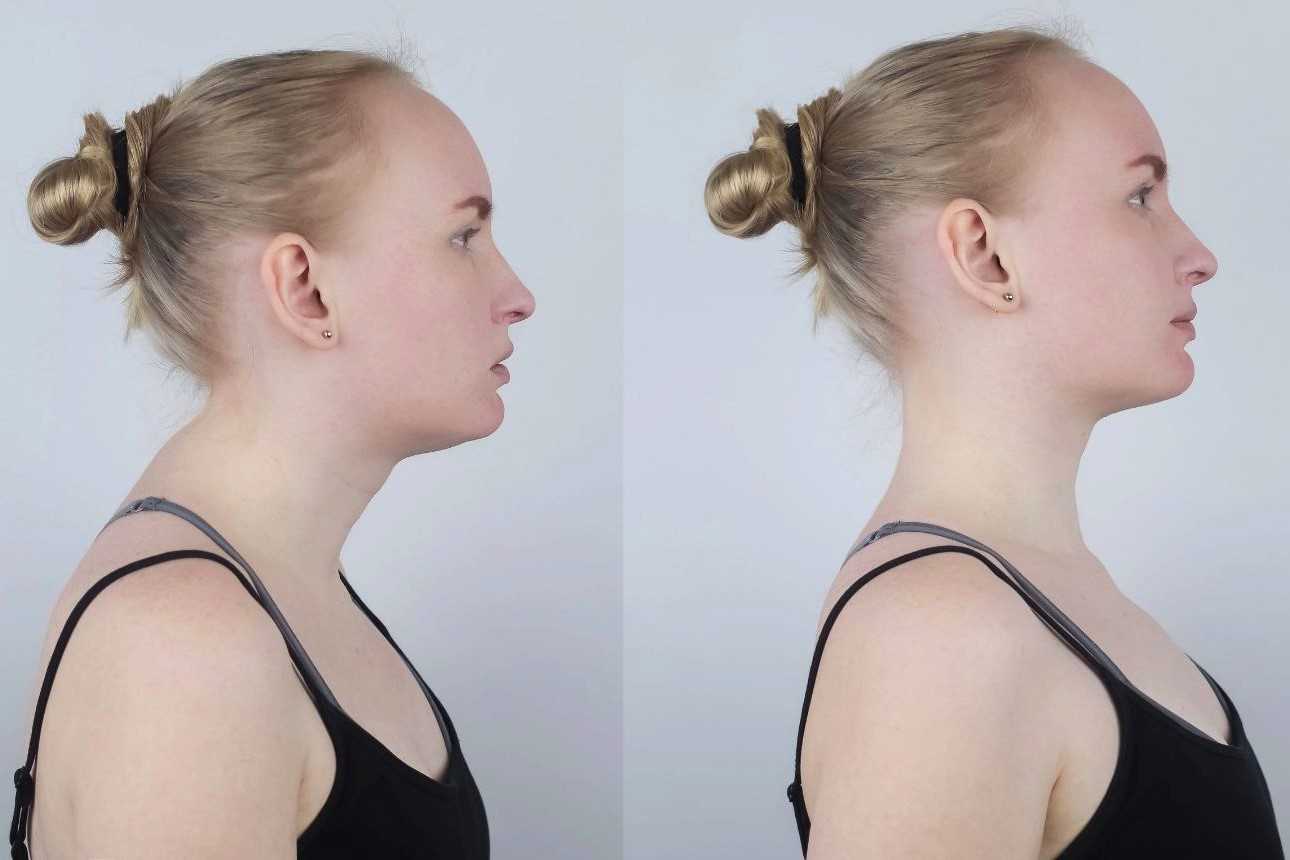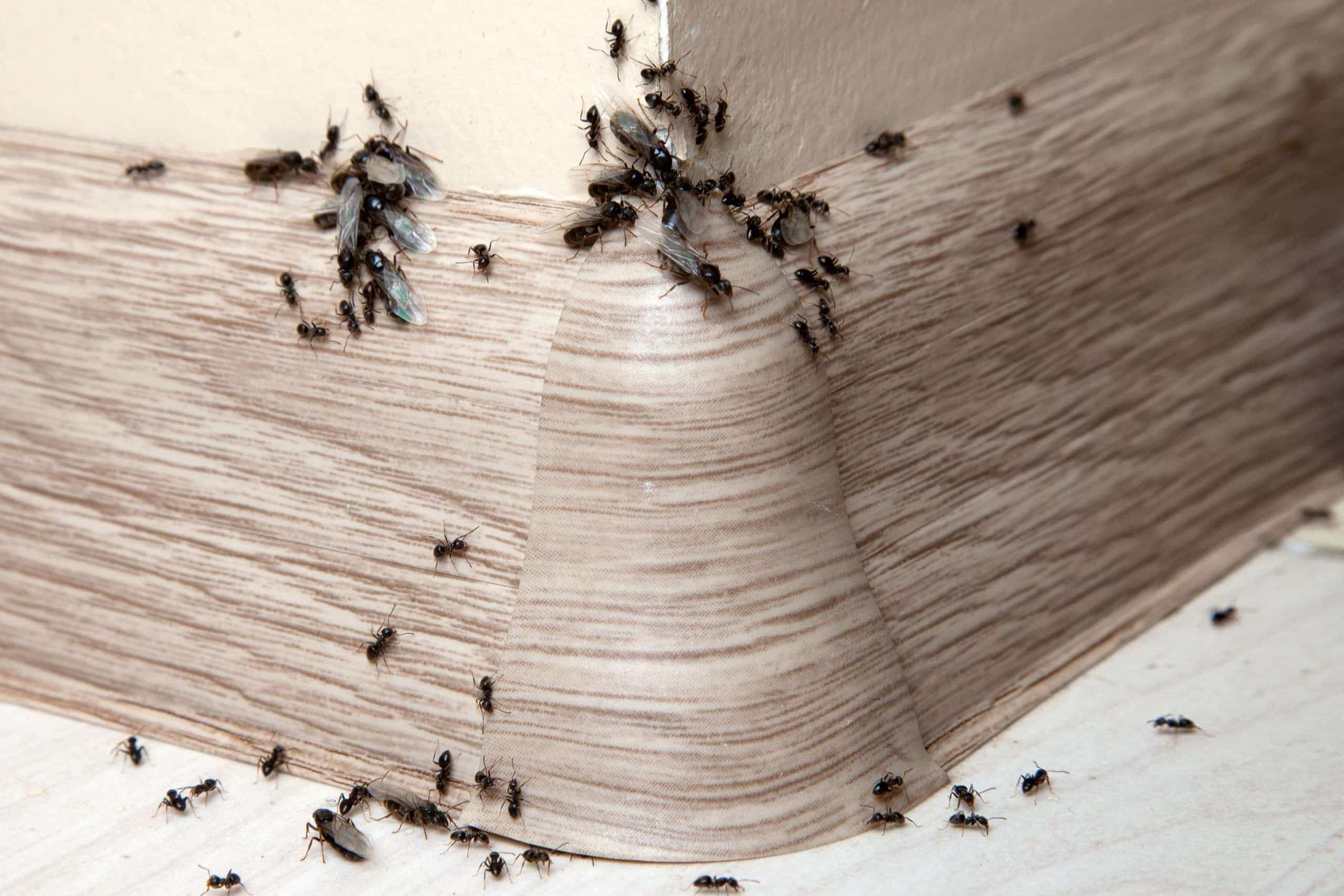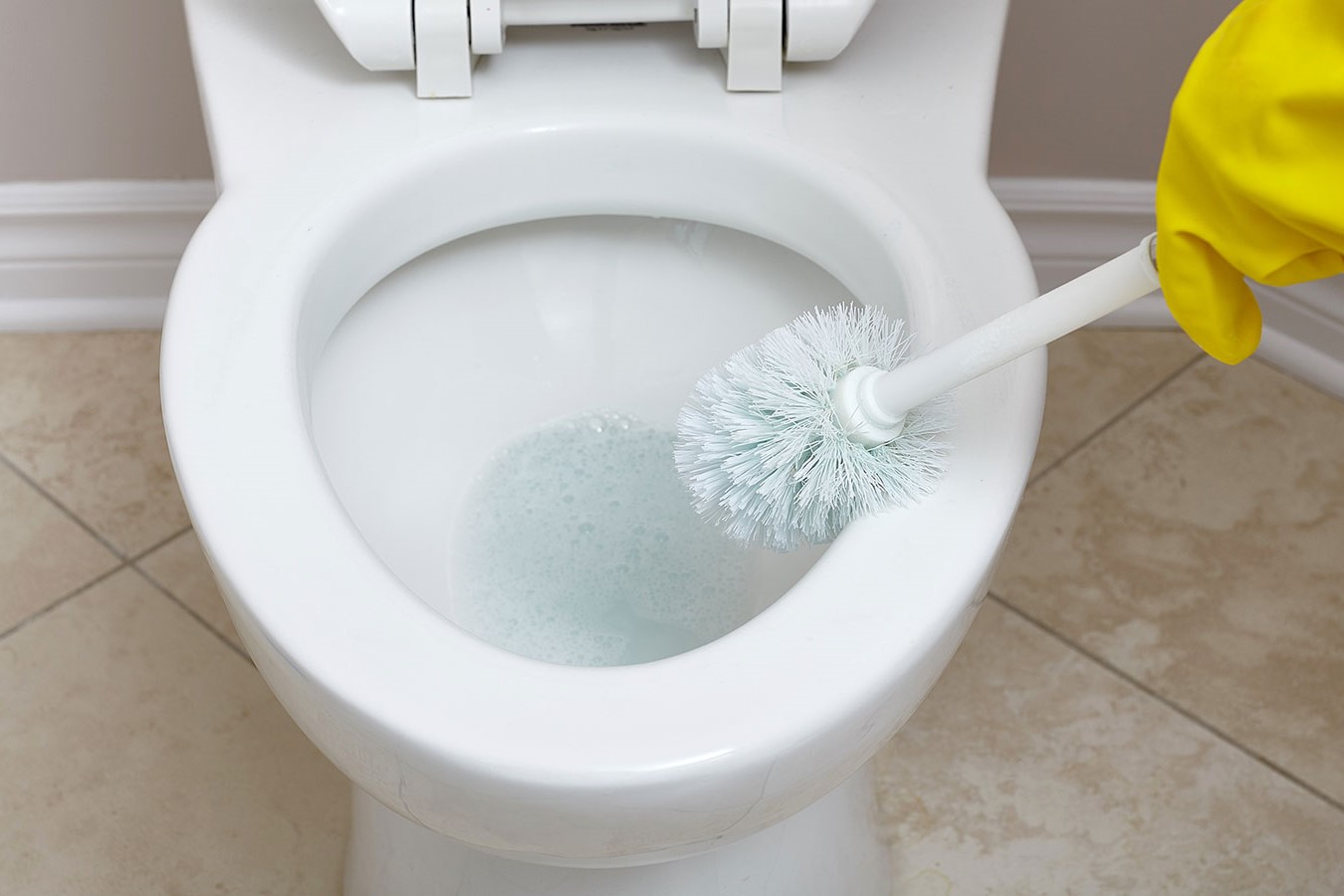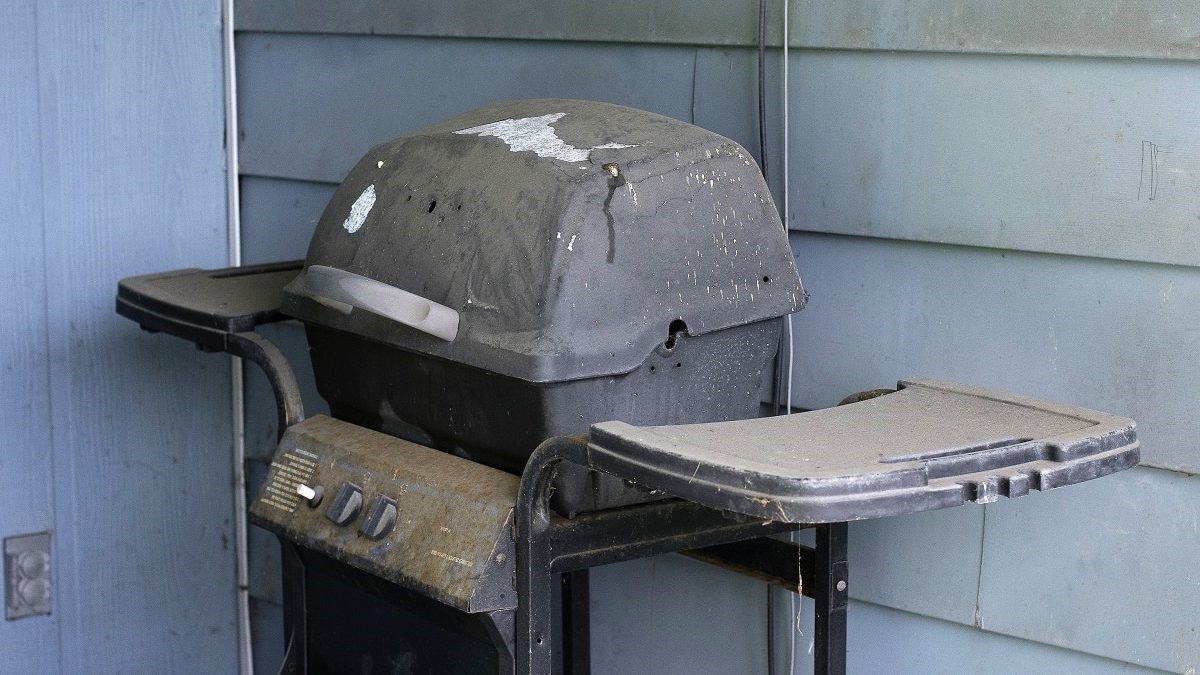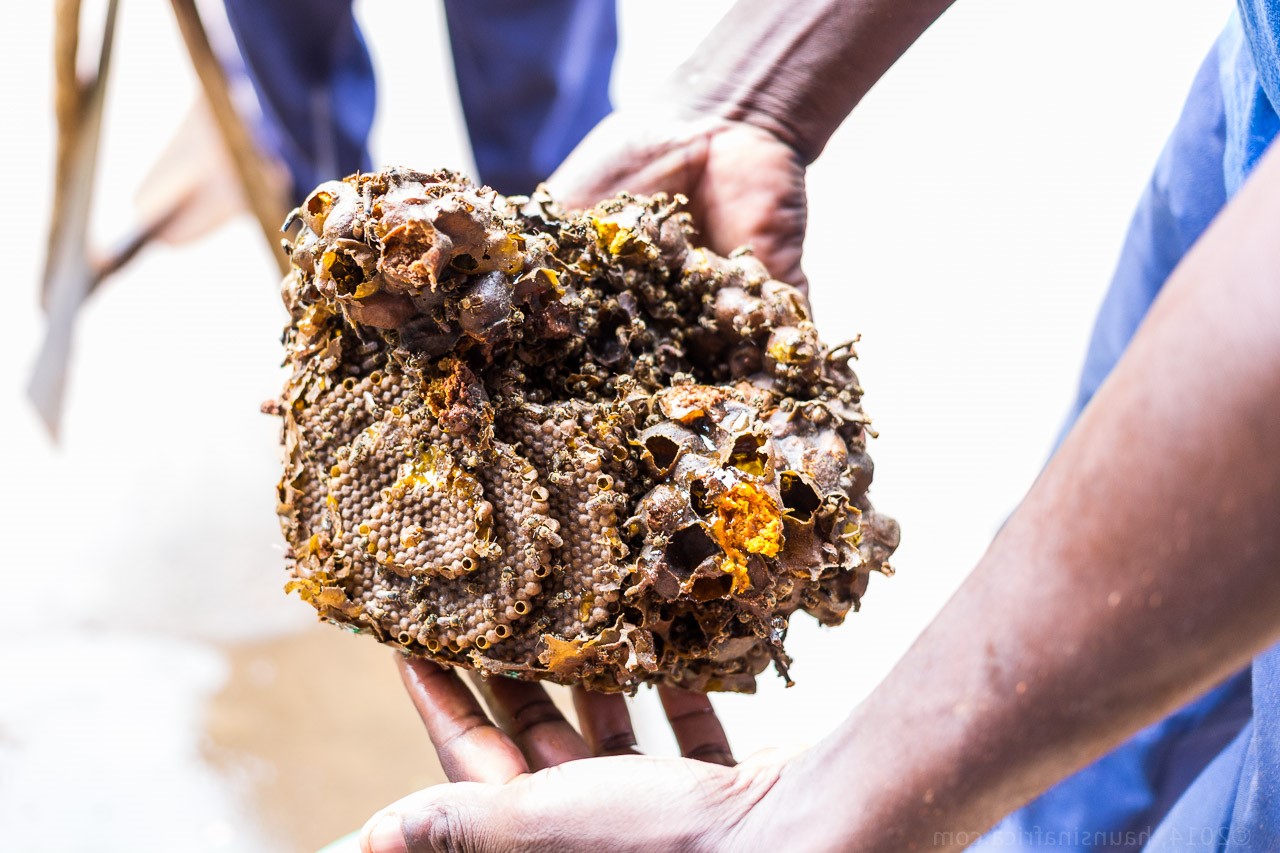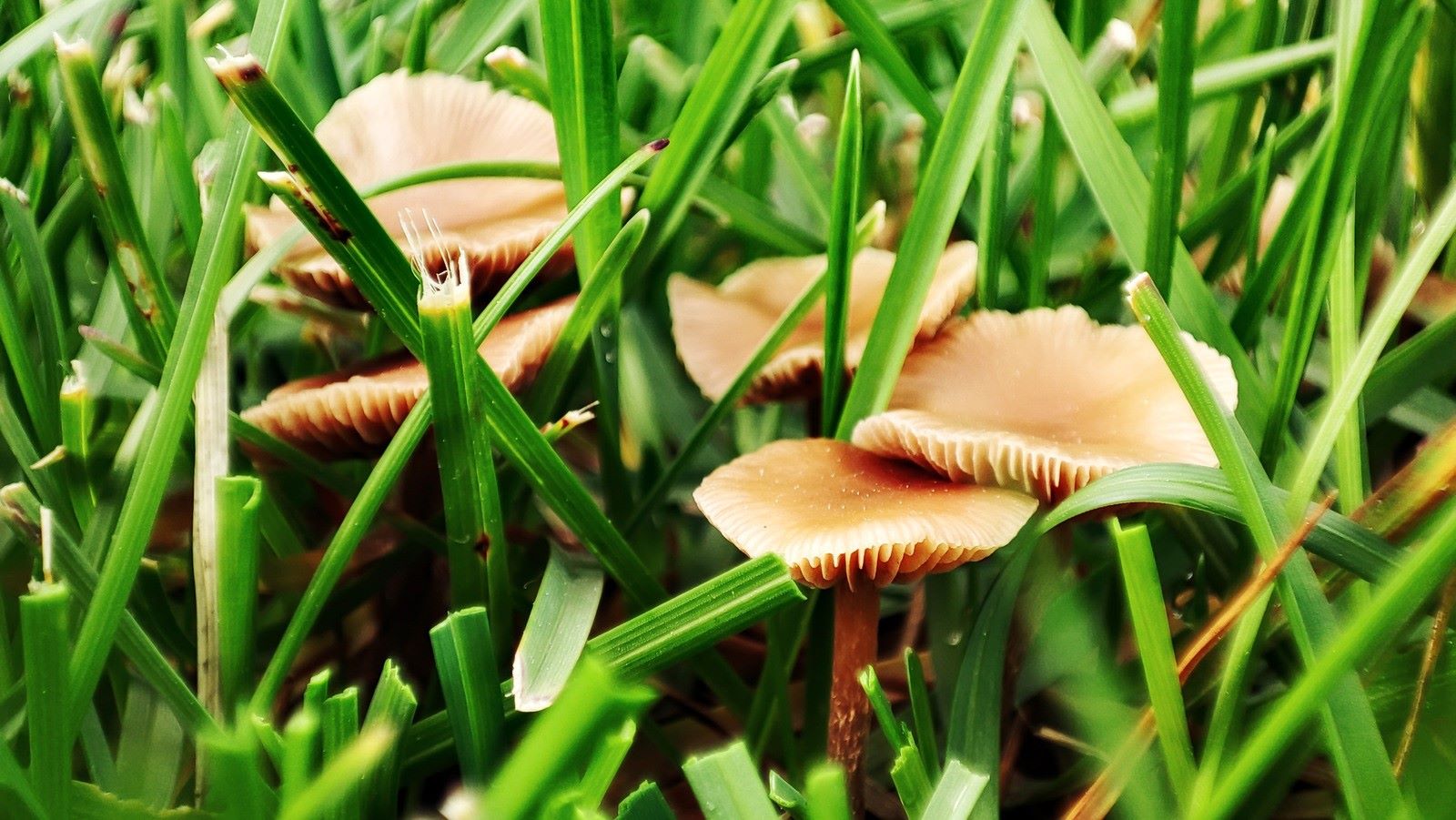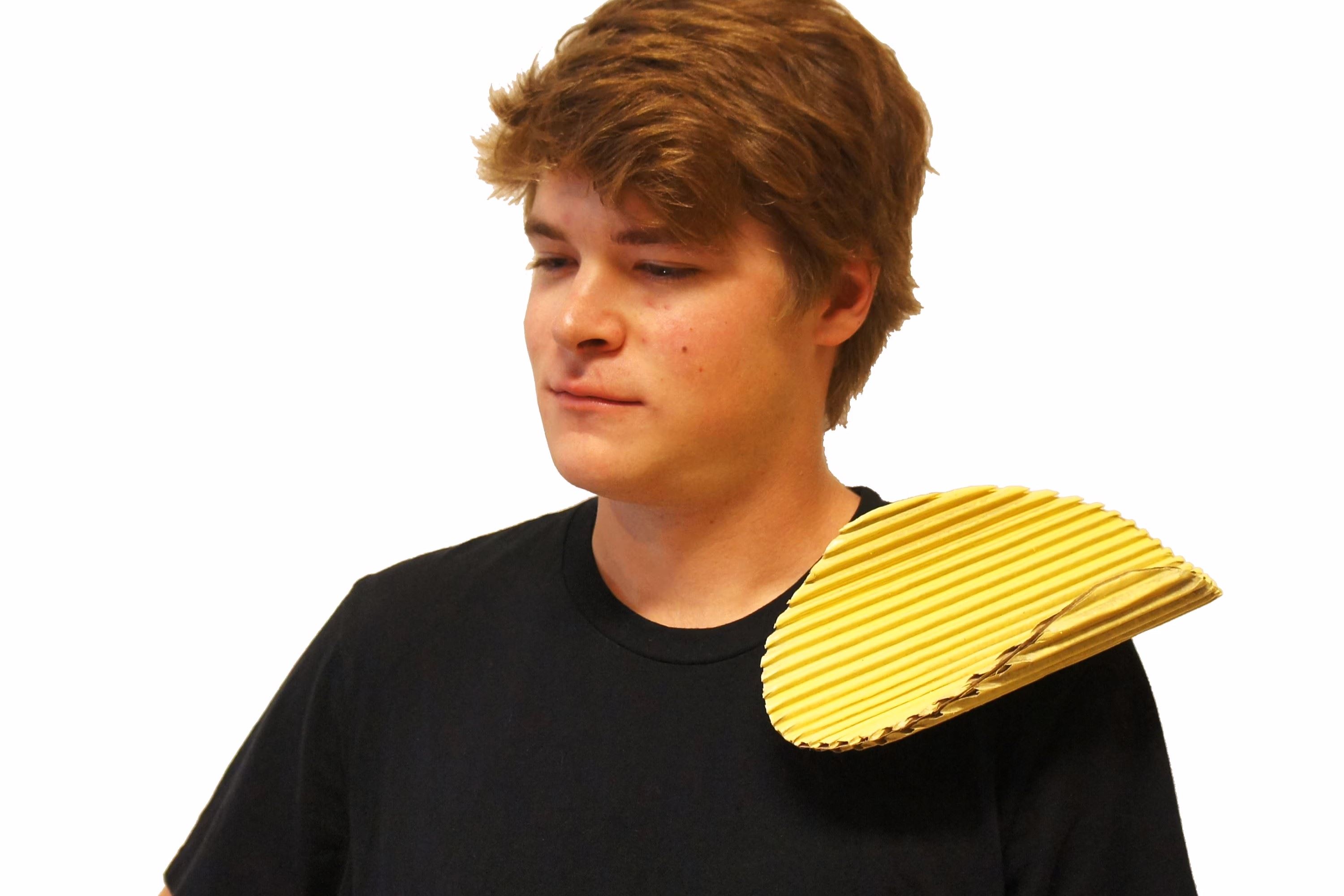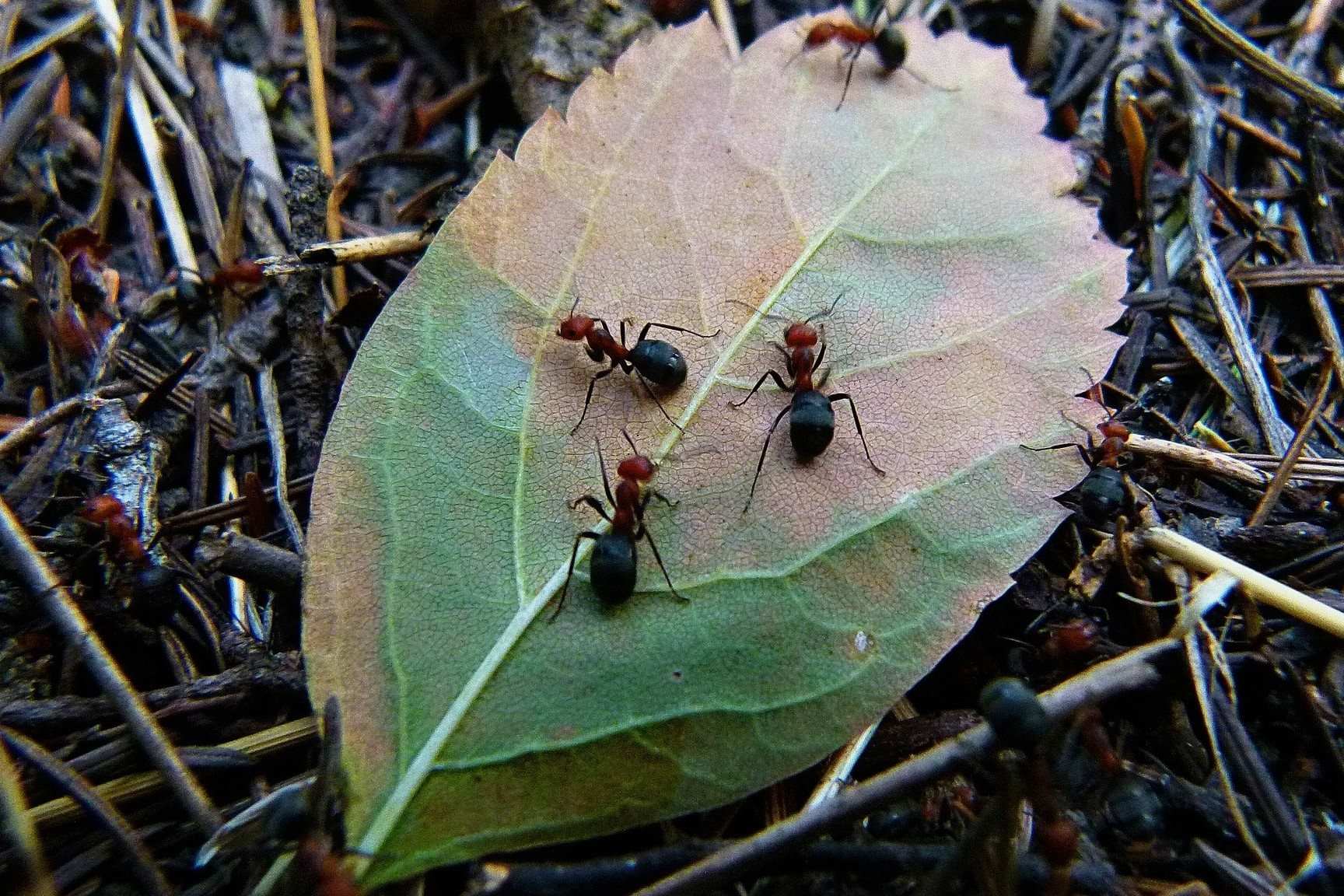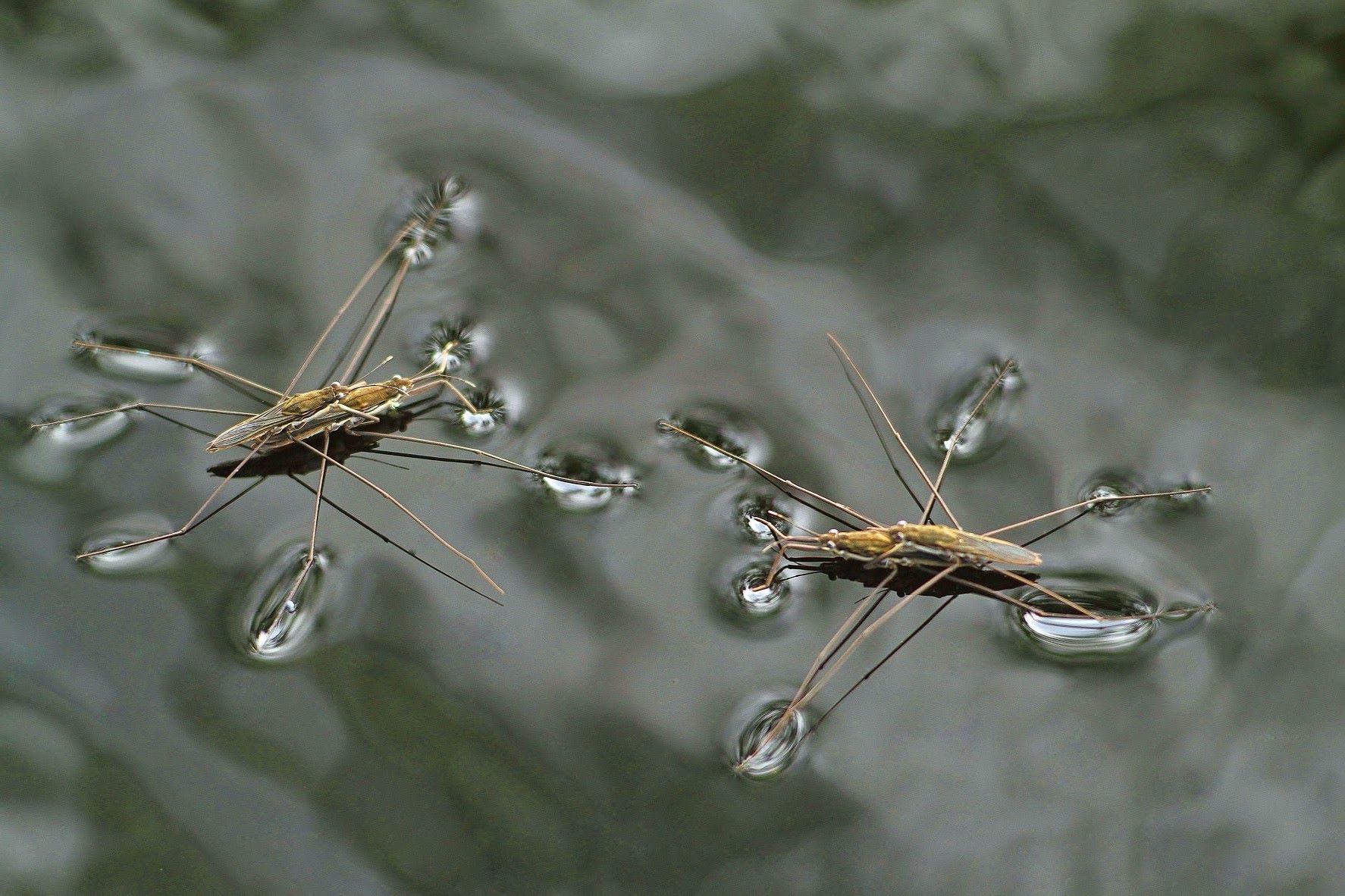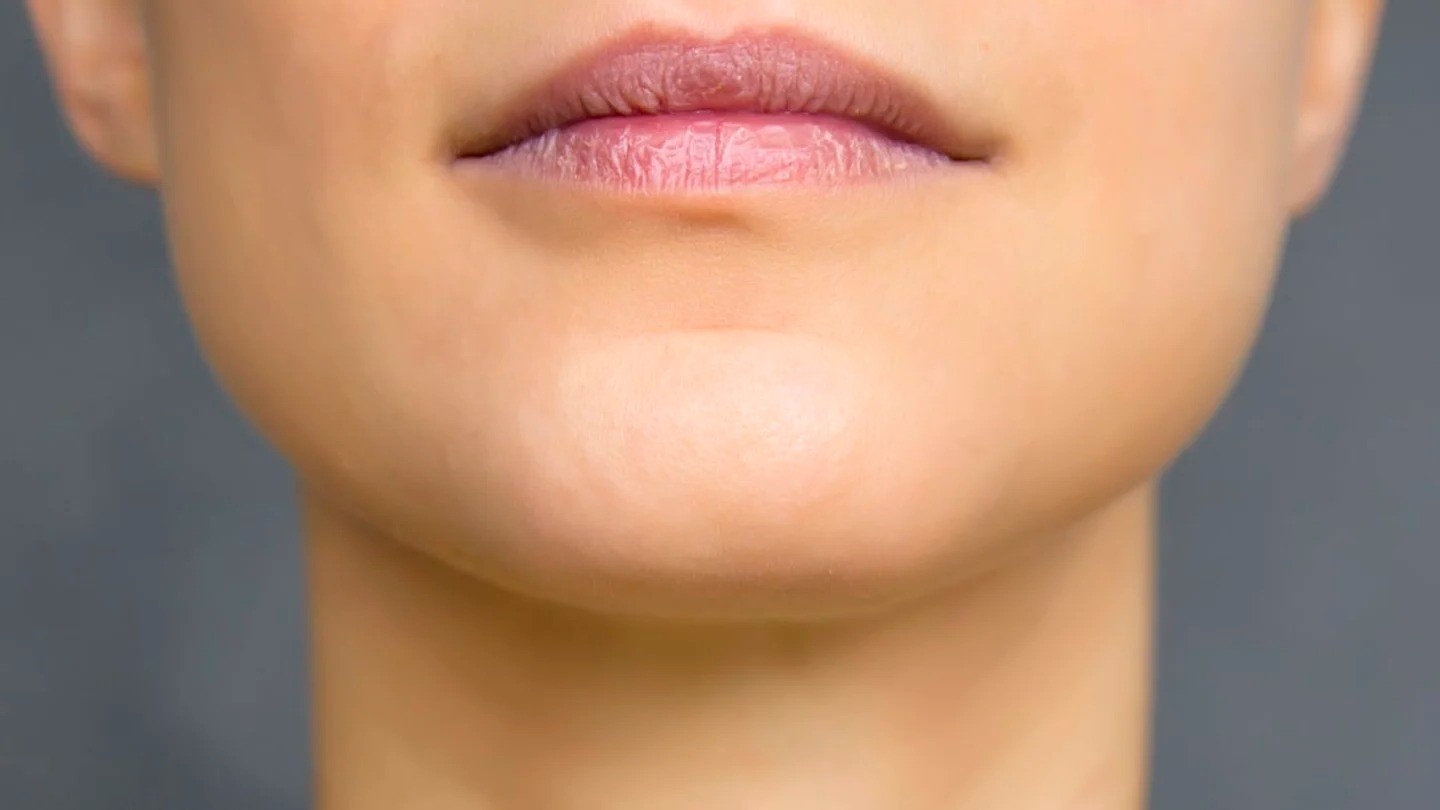Home>Home and Garden>How To Get Rid Of Fleas In Bed
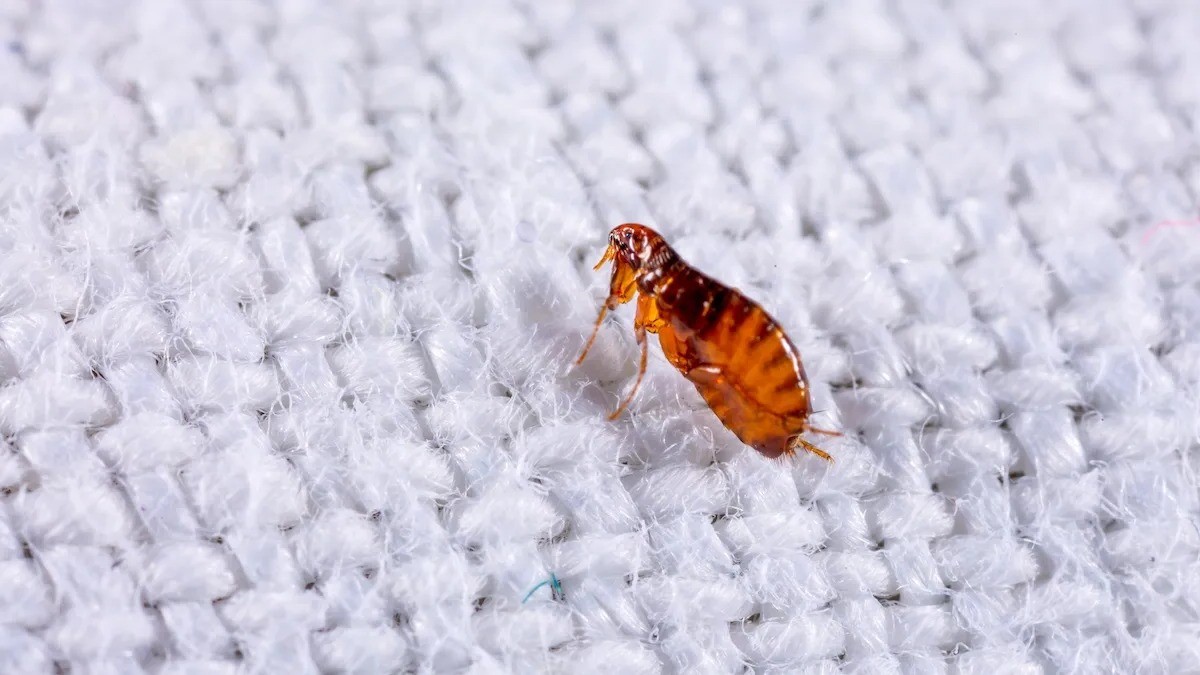

Home and Garden
How To Get Rid Of Fleas In Bed
Published: March 7, 2024
Learn effective methods to eliminate fleas from your bed and keep your home pest-free with these proven home and garden solutions. Say goodbye to fleas for good!
(Many of the links in this article redirect to a specific reviewed product. Your purchase of these products through affiliate links helps to generate commission for Noodls.com, at no extra cost. Learn more)
Table of Contents
Introduction
Dealing with a flea infestation in your bed can be a frustrating and uncomfortable experience. These tiny, blood-sucking pests not only cause itchy bites but can also multiply rapidly, making it essential to address the issue promptly. Whether you've noticed the telltale signs of fleas or want to be proactive in preventing an infestation, understanding how to effectively eliminate fleas from your bed is crucial for a peaceful and restful sleep environment.
Fleas are small, wingless insects that thrive on the blood of mammals, including humans and pets. While they are commonly associated with infesting animals, they can also find their way into bedding, carpets, and furniture, posing a nuisance to homeowners. The warmth and coziness of our beds make them an attractive breeding ground for fleas, and once they establish a presence, getting rid of them becomes a top priority.
In this comprehensive guide, we will explore the various methods for identifying the presence of fleas in your bed, removing them effectively, and implementing strategies to prevent future infestations. By following these steps, you can reclaim your sleeping space and ensure a hygienic and flea-free environment for you and your family.
Now, let's delve into the essential steps for identifying, eliminating, and preventing fleas in your bed, empowering you to take control of this common household nuisance.
Read more: How To Get Rid Of Sugar Ants
Identifying the presence of fleas in your bed
Spotting the presence of fleas in your bed is the first step in addressing a potential infestation. These pesky insects are adept at hiding in the fibers of bedding and mattresses, making it crucial to be vigilant in identifying their presence. Here are some key indicators to help you determine if fleas have infiltrated your sleeping space:
-
Unexplained Bites: Waking up with itchy, red bites on your skin, particularly around the ankles and lower legs, could be a sign of flea activity. Flea bites are often grouped in clusters and can cause discomfort and irritation.
-
Pet Scratching: If you have pets that frequently scratch or groom themselves, it's essential to check their fur for signs of fleas. While pets are often the primary targets of flea infestations, these pests can easily transfer to human bedding.
-
Visible Fleas: In some cases, you may spot adult fleas hopping on your bedding or clothing. These tiny, dark-colored insects are fast-moving and can be challenging to catch, but their presence is a clear indication of a potential infestation.
-
Flea Dirt: Flea dirt, which resembles fine black pepper, is a common sign of flea activity. This excrement consists of digested blood and is often found in bedding, pet resting areas, and carpeting. To confirm the presence of flea dirt, place a damp paper towel on the suspected area and observe for reddish-brown stains, indicating the presence of flea excrement.
-
Unusual Odor: A musty or unpleasant odor emanating from your bedding could be a sign of a large flea population. Fleas release pheromones, and a strong, unusual smell may indicate a significant infestation.
By remaining attentive to these signs, you can promptly address a potential flea infestation in your bed, ensuring a clean and comfortable sleeping environment for you and your family. Identifying the presence of fleas is the first step in taking effective measures to eliminate them and prevent future occurrences.
Removing fleas from your bed
Once you've confirmed the presence of fleas in your bed, it's crucial to take immediate action to eliminate these pesky pests and restore a hygienic sleeping environment. Here are effective methods for removing fleas from your bed:
-
Wash Bedding and Linens: Start by removing all bedding, including sheets, pillowcases, and blankets, and wash them in hot water. The high temperature will effectively kill fleas, larvae, and eggs, preventing their spread. Additionally, consider using a dryer on a high heat setting to further eliminate any remaining fleas.
-
Vacuum Thoroughly: Use a powerful vacuum cleaner to thoroughly vacuum your mattress, paying close attention to seams, crevices, and tufts where fleas may hide. After vacuuming the mattress, proceed to vacuum the surrounding area, including carpets, rugs, and upholstered furniture. Empty the vacuum bag or canister immediately to prevent fleas from re-infesting your home.
-
Steam Cleaning: Consider using a steam cleaner on your mattress and upholstered furniture to kill fleas and their eggs. The high temperature of steam effectively eradicates fleas while also sanitizing the surfaces, providing a comprehensive approach to flea removal.
-
Use Diatomaceous Earth: Diatomaceous earth, a natural and non-toxic powder, can be sprinkled on your mattress and bedding to eliminate fleas. This fine powder works by dehydrating and ultimately killing fleas upon contact. Leave the diatomaceous earth on the surfaces for a few hours before thoroughly vacuuming it up.
-
Apply Flea Spray: Utilize a specially formulated flea spray designed for bedding and upholstery. Ensure the product is safe for indoor use and follow the manufacturer's instructions carefully. Flea sprays can effectively target adult fleas, larvae, and eggs, providing a comprehensive solution to the infestation.
-
Consider Professional Treatment: In severe infestations, or if your efforts do not yield satisfactory results, consider seeking professional pest control services. Experienced professionals can assess the extent of the infestation and implement targeted treatments to eradicate fleas from your bed and home.
By diligently following these steps, you can effectively remove fleas from your bed and create a clean, flea-free sleeping environment. It's essential to be thorough in your approach to ensure the complete eradication of fleas and prevent their return. Once you've successfully eliminated the fleas, implementing preventive measures will help safeguard your bed from future infestations.
Preventing future infestations
Preventing future flea infestations in your bed is essential to maintain a clean and hygienic sleeping environment for you and your family. After successfully eliminating fleas from your bed, implementing preventive measures will help safeguard against future occurrences. Here are effective strategies to prevent the re-infestation of fleas in your bed:
-
Regular Cleaning: Establish a routine for regular cleaning and maintenance of your bedding, including washing sheets, pillowcases, and blankets in hot water at least once a week. Vacuuming your mattress and the surrounding area, such as carpets and upholstery, on a regular basis will help remove any potential flea eggs and larvae, preventing them from developing into adult fleas.
-
Pet Care: If you have pets, it's crucial to prioritize their flea prevention and control. Regularly groom and bathe your pets using flea-repellent shampoos and treatments recommended by your veterinarian. Additionally, consider using flea collars or topical treatments to protect your pets from fleas. By keeping your pets free from fleas, you reduce the risk of them transferring these pests to your bedding.
-
Use of Natural Repellents: Incorporate natural flea repellents, such as cedar chips or lavender sachets, in your bedding and sleeping area. These natural remedies emit scents that deter fleas, contributing to a proactive approach in preventing infestations.
-
Seal Entry Points: Take measures to seal potential entry points for fleas in your home. Ensure that windows and doors are properly sealed to prevent fleas from gaining access to your living spaces. Additionally, consider using door sweeps and sealing any gaps or cracks where fleas could enter.
-
Outdoor Maintenance: If you have outdoor pets or spend time outdoors with your pets, it's important to maintain your outdoor living spaces. Keep your yard and outdoor areas well-maintained, as overgrown vegetation and debris can create ideal habitats for fleas. Regularly mow the lawn, trim bushes, and remove any potential flea habitats to minimize the risk of infestations.
-
Professional Pest Control: Consider scheduling regular pest control treatments with a professional exterminator to prevent flea infestations. Experienced pest control professionals can provide targeted treatments to create a barrier against fleas, safeguarding your home and bedding from potential infestations.
By incorporating these preventive measures into your routine, you can significantly reduce the risk of future flea infestations in your bed. Consistent vigilance and proactive steps will help maintain a clean and flea-free sleeping environment, allowing you to enjoy restful nights without the nuisance of these persistent pests.
